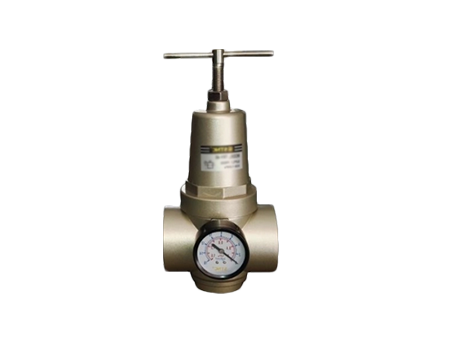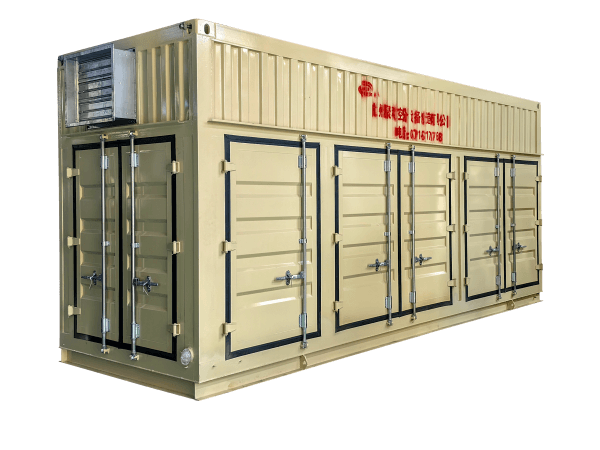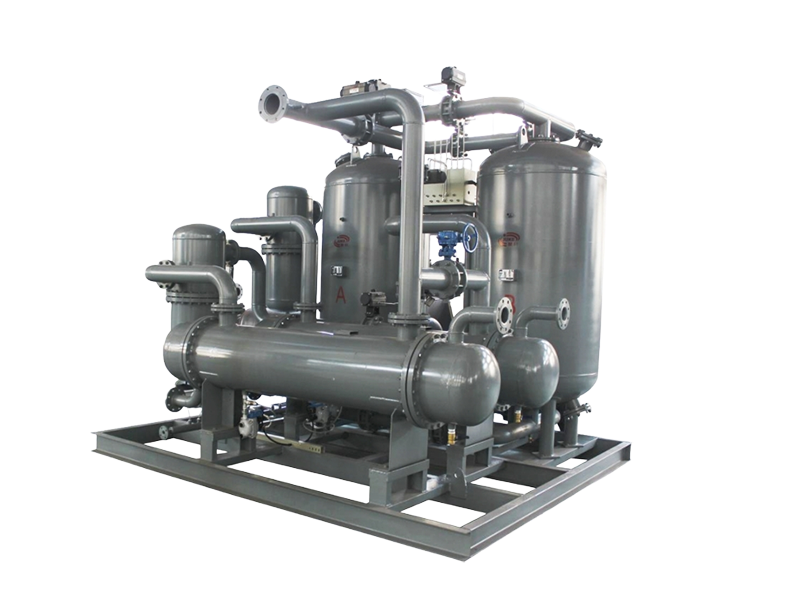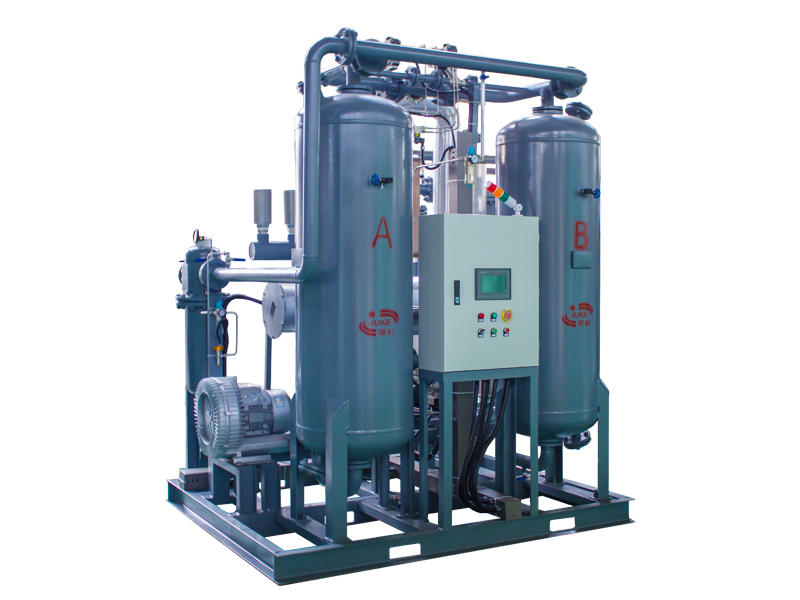Pressure relief valve
Classification:
keyword: Pressure relief valve
E-mail:
WhatsAPP:
Details
A pressure reducing valve is a valve device used to reduce the pressure of a medium to a desired level and maintain stability. It is widely used in various industrial and civil fields.
Working principle
The pressure reducing valve reduces the inlet pressure to a required outlet pressure through the throttling of the opening and closing member, and relies on the energy of the medium itself to automatically maintain the stability of the outlet pressure. When the outlet pressure increases for some reason, the force of the medium causes the valve core to move upward, closing part of the valve port, reducing the flow rate, and causing the outlet pressure to drop to the set value; conversely, when the outlet pressure decreases, the valve core moves downward, the valve port opens, the flow rate increases, and the outlet pressure rises to the set value.
Structural types
Pilot-operated pressure reducing valve: Consists of a main valve and a pilot valve. The pilot valve is used to control the opening degree of the main valve, and the outlet pressure is set by adjusting the spring pressure of the pilot valve. This type of pressure reducing valve has higher precision and is suitable for occasions with high requirements for pressure stability.
Direct-acting pressure reducing valve: Directly relies on the change of outlet pressure to control the movement of the valve core to achieve pressure regulation. It has a simple structure and sensitive action, but the pressure regulation range is small, and it is generally used in low-pressure, low-flow occasions.
Related Products
Leave us a message
If you have any need, please feel free to contact us






